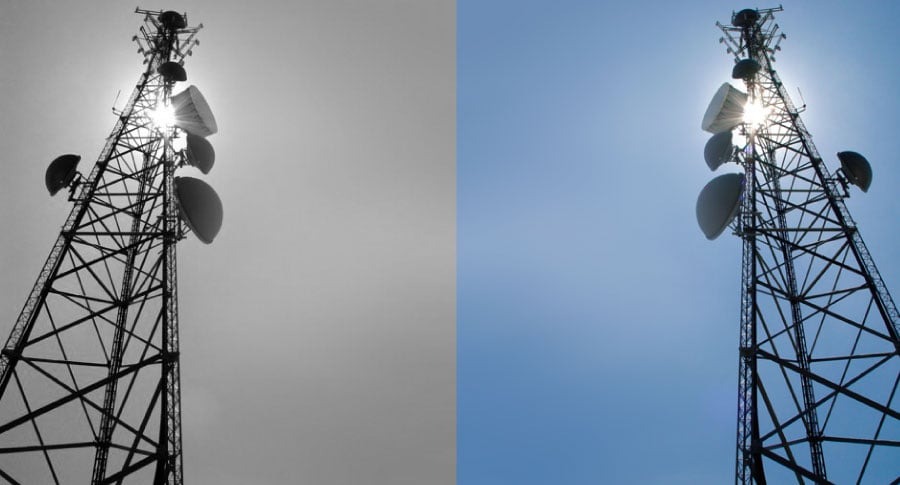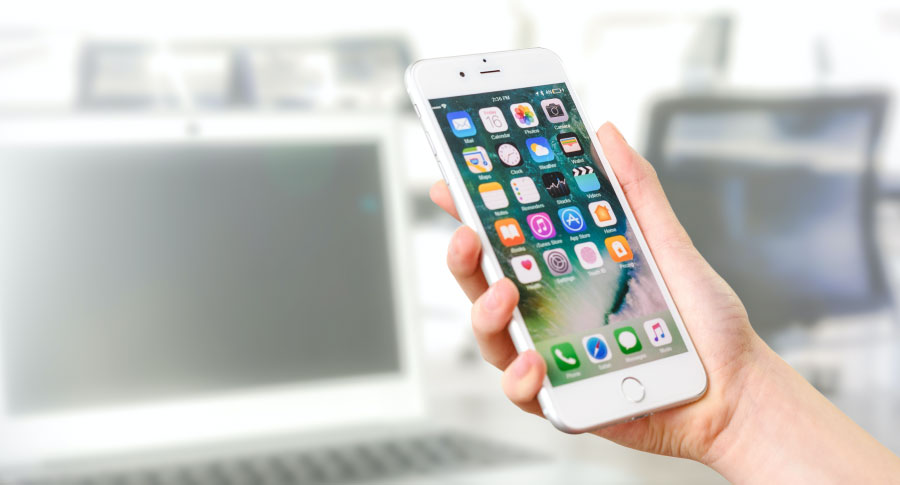It’s no secret that first responders experience on-the-job challenges most of the public would never want to face. However, public safety roles are also becoming more demanding, and first responders feel the strain. Survey research shows that 61% of first responders believe their jobs have become more difficult in the last 18 months.
Helen Akers
Recent Posts
How Do First Responders Communicate and What Are Some of Their Challenges?
Topics: first responders, cellular, communications
Can you imagine a world without movie theaters? It may become a reality beyond 2022, according to some industry analysts. Not only did the pandemic cause an 80% decline in box office ticket sales, but several major studios have implemented hybrid movie release models.
Topics: streaming, movie theater, movies
2019 was the year that 5G cellular networks started to appear. By the end of 2020, 5G was present in around 100 U.S. cities. But presence hasn’t necessarily translated to the same levels of coverage and performance 4G networks currently offer. Coverage in both urban and non-urban areas is just over 30% with some carriers.
Topics: Technology, wireless, 5G, 4G, cellular
If you’ve ever returned a high-ticket item like a TV or video game console, the seller may have charged you a restocking fee. According to Consumer Reports, restocking fees typically represent 15% to 20% of the item’s original purchase price. However, some companies may charge more or less depending upon individual policies.
Topics: wireless, restocking fees
From smart devices to store loyalty programs, nearly every transaction we complete and interaction we have can be tracked. To make things more complex, it’s not just the companies and organizations we interact with that track our data. Large brokers that collect and re-sell information stay busy gathering data on more than 500 million consumers around the globe.
Topics: internet, cybersecurity, consumer data, privacy
From conspiracy theories to the possibility of self-driving cars, 5G continues to inspire both controversy and intrigue. While many major U.S. carriers are promoting 5G networks, this doesn’t mean that 4G networks have been or are going to be completely replaced soon. While 5G can deliver faster speeds, fewer delays, and higher capacities, these networks will continue to rely on and run alongside 4G LTE technology.
Topics: smartphone, wireless, 5G, mobile, 4G
In one of our previous blogs, we covered some of the basics of visual voicemail for smartphones. Visual voicemail lets you look at and listen to your voicemails from an app, rather than having to call from your phone.
One of the conveniences of visual voicemail is that messages from known telemarketers and spam callers can be deleted. You don’t have to suffer through hearing a robocall recording or voice message about an expired car warranty.
This post will explore more of the advantages of visual voicemail, how to set it up on different smartphones, and how to use Viaero’s Vmail.
Topics: smartphone, mobile, visual voicemail
The Federal Trade Commission (FTC) reports that in one year alone, $57 million was lost through phishing schemes. Many hackers manipulate email, smartphone apps, online ads, and web browsers to gain access to sensitive data.
Although mobile phones and apps can be convenient ways to get things done, communicate, and be entertained, they can also come with security risks. Most recently, the popular social media app Tik Tok has come under fire for its questionable practices.
Which Unlimited Data Plan is Best: Prepaid or Contract?
Most wireless carriers offer multiple unlimited plans, making it difficult to determine which one is the best for your needs. Even prepaid and contract-based unlimited plans are becoming more difficult to distinguish. It’s easy for unlimited plans to look the same between carriers and within an individual wireless provider’s offers.
Tablets share similarities with laptops, desktops, and smartphones. The first release of the iPad in 2010 created initial excitement, but that enthusiasm has waned as smartphone screens have become larger and 2-in-1 laptops have gained ground.
Topics: tablets, wireless, remote learning










